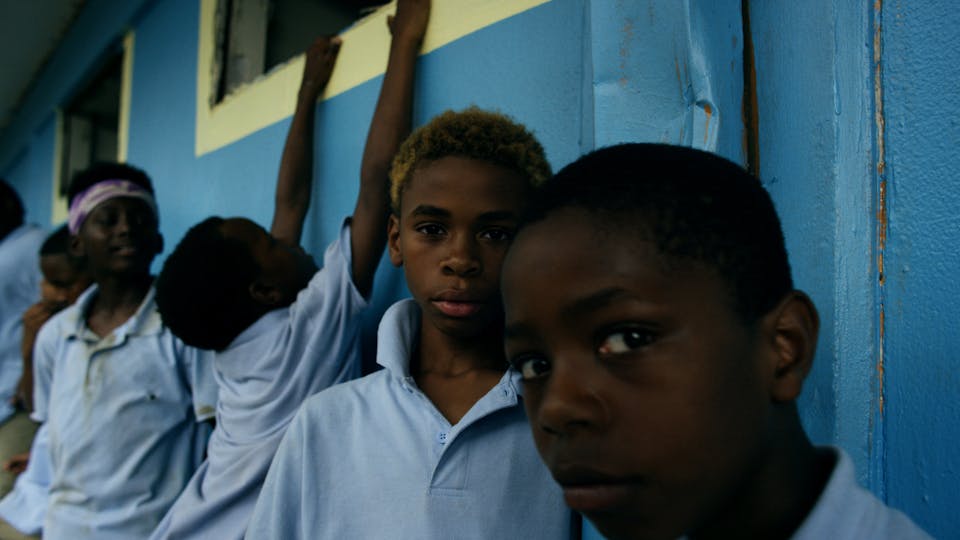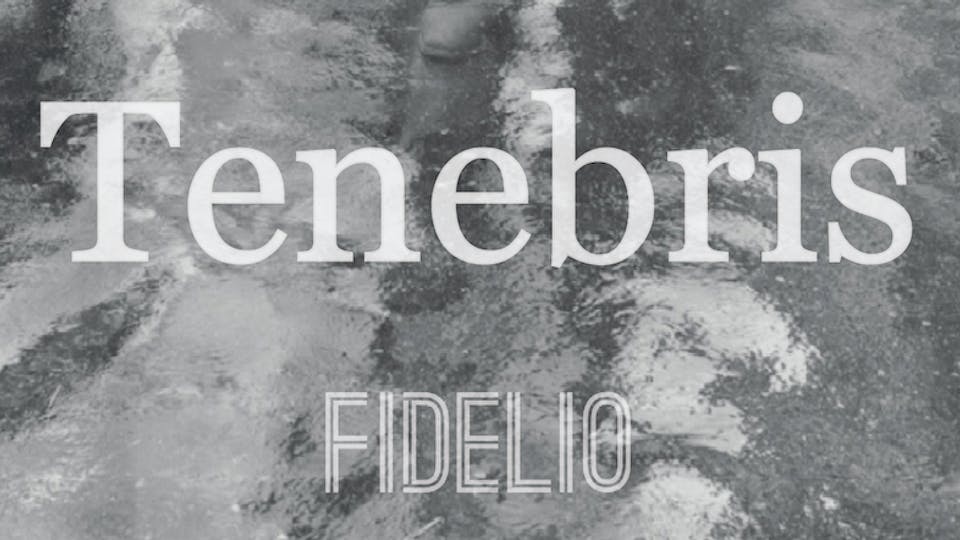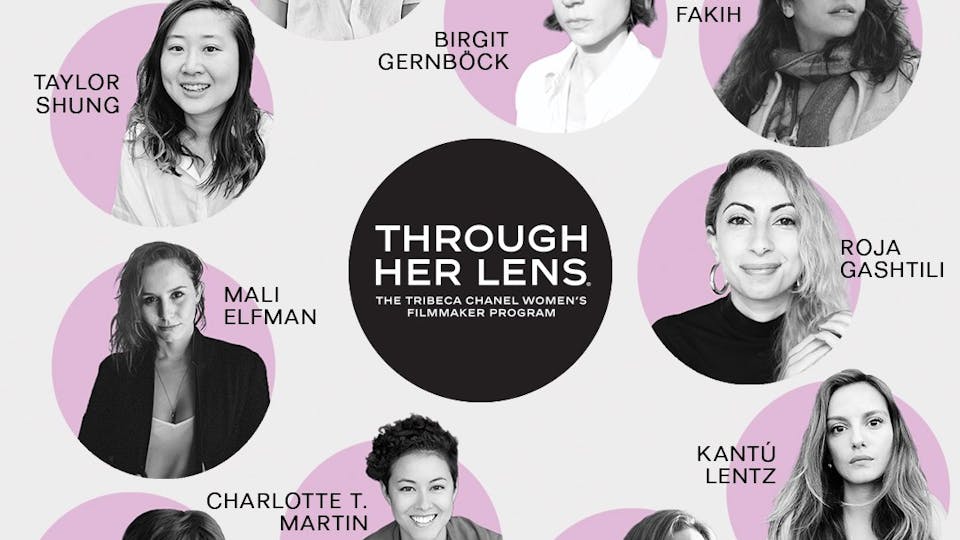Revolution of Everyday Life: An Interview with Marc Lafia

This week's Reframe Collection highlight is Revolution of Everyday Life, directed by Marc Lafia. Lafia gives nine women their own cameras to express themselves freely. Through editing their footage together, he is able to create a narrative story of two women who fall in love.
Lafia is a Brooklyn-based artist who's created conceptual experimental films and video installations. He uses photography, cinema, and social media to reflect on how emotions, technology and society are interconnected. His work has been featured around the world including at Anthology Film Archives in New York City, and at the San Francisco International Film Festival. He recently returned from a trip to Shanghai where he exhibited his work at Minsheng Museum of Art.
We interviewed Marc Lafia to learn more about his experimentation in filmmaking throughout time.
In your film Revolution of Everyday Life, the characters’ use of recording devices like the camera to document their personal lives contributes to the film’s experimentation, and blurring of genre. It appears the use of technology is the impetus for cinematic experimentation. Why did you choose to experiment using technology in this piece?
What happens when you turn the camera on and speak to it, perform for it, let it observe you? When you use it as a way to say things about yourself. In Revolution, the question is how do we come to know ourselves and how to live in the world. I got to a certain point with Revolution where I could sense to know the actors intimately and more so to have them reveal themselves to me intimately I'd have to ask them to record themselves. When i brought this up with them I was surprised how keen they were to do this. So week to week I gave out several flip cameras and asked them to make recordings of themselves, there were specific instructions that came from performance and video art of allowing them to be simply a body in space, for them to have no fear of the mundane, to just be. Which is not easy.
What drove you to transition from filmmaking to media installation work such as your exhibition Eternal Sunshine in Shanghai. Why did you choose this direction rather than make another film?
I want to make a different kind of films, to find new ways of making film, that's one reason. The other is that at the same time of an intensified commercialization of the film circuit and a narrowing down of the film form and its language contemporary art locates cinema within the broader landscape of contemporary visual culture. At the Minsheng Museum of Art in Shanghai for example I could play the eight-minute video Raindrop Ecstasy and the feature Hi How Are You Guest 10497 together in one room, as each of them share narrative elements. In the museum space it does not matter when you enter or leave the film, you pick it up where and when you do and leave when you want. I think this much more in keeping with the way people watch films at home and in the art context today. Also one film is a diptych, the other a triptych and so the mise-en-scene is multiple, moving in many directions at once. Its sense of resolution, tension is of a different order perhaps than expectations of a more commercial cinema.

Filmmaking today is for the most part a producers’ medium. Most filmmakers are spending their time looking for money not making work. And soon enough they internalize how they think it works. So if you are interested in cinema as a possibility, as a language to discover something new there is the necessity to seek refuge if you can in the visual arts such as museums, galleries, and biennials.
Most articles and reviews define you as a New Media Artist. How would you describe yourself as a filmmaker and artist? What does "New Media" mean to you?
I am an artist who is looking for ways to explore film language, and its reading. I work to find conceptual approaches to the problems of how to make a film. How to make a film speak, from the very way it articulates its self, the way it moves. How to make a film from the inside alive. As to new media its defining characteristic is that it is computational. So for example when I did my piece on the film The Battle of Algiers for the Tate and Whitney Museums I transposed the dramaturgy into lines of force putting in play the cell structures of the Algerian resistance and their movements in contradistinction to the hierarchical structures of the French Army. Here cinema's representations are translated into the pure movement of these opposing sides.
Revolution of Everyday Life, please visit its page in the Reframe Collection.






